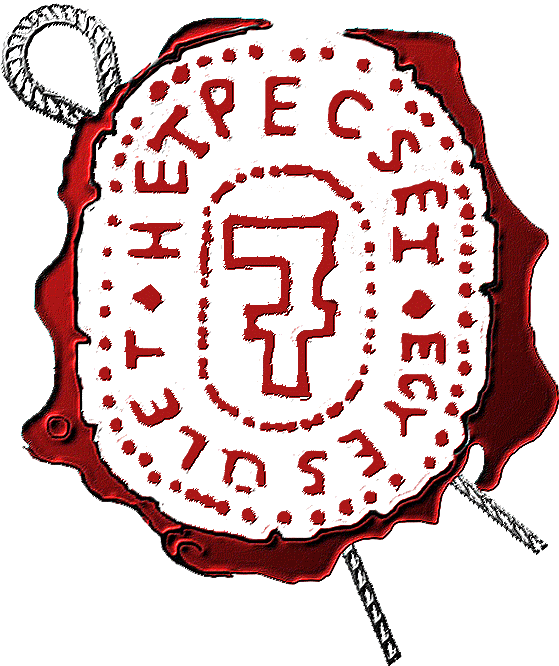Clear desk and clear screen policy – What does ISO 27001 require?
Imagine this scene: an employee at his desk, in an open-plan office, is reviewing on his notebook some data to prepare a report about the last quarter financial results, or the pre-selling performance evaluation of the organization’s newest product. He receives a telephone call from his boss about a quick last-minute meeting, or simply goes on a break to drink coffee, and leaves his desk.
This situation is more common than you can imagine, and may represent a great information risk, because without proper measures, all the information and assets left at the desk by the employee can be accessed, seen, or taken by an unauthorized person. And, if there is an information system left logged on, anyone who has access to the desk can perform activities in the name of the absent employee.
For cases like these, an organization should be prepared to explain to employees and other people handling its information and assets how to proceed properly about information and other material kept in the workspace. ISO 27001, a popular information security framework, and ISO 27002, a detailed code of practice, can provide good orientation, by means of the security control 11.2.9 – Clear desk and clear screen policy. Let’s take a closer look at it.
The clear desk and clear screen policy refers to practices related to ensuring that sensitive information, both in digital and physical format, and assets (e.g., notebooks, cellphones, tablets, etc.) are not left unprotected at personal and public workspaces when they are not in use, or when someone leaves his workstation, either for a short time or at the end of the day.
Since information and assets at a workspace are in one of their most vulnerable places (subject to disclosure or unauthorized use, as previously commented), the adoption of a clear desk and clear screen policy is one of the top strategies to utilize when trying to reduce the risk of security breaches. And, fortunately, most of the practices are low-tech and easy to implement, such as:
Use of locked areas: lockable drawers, archive cabinets, safes, and file rooms should be available to store information media (e.g., paper documents, USB flash drives, memory cards, etc.) or easily transportable devices (e.g., cellphones, tablets, and notebooks) when not required, or when there is no one to take care of them. Beyond the protection against unauthorized access, this measure can also protect information and assets against disasters such as a fire, earthquake, flood, or explosion.
Protection of devices and information systems: computers and similar devices should be positioned in such a way as to avoid people passing by to have a chance to look at their screens, and configured to use time-activated screen savers and password protection to minimize chances that someone takes advantage of unattended equipment. Additionally, information systems should be logged off when not in use. At the end of the day the devices should be shut down, especially those network-connected (the less time a device is on, the less time there is for someone to try to access it).
Restriction on use of copy and printing technology: the use of printers, photocopiers, scanners, and cameras, for example, should be controlled, by reducing their quantity (the fewer units available, the fewer potential data leak points) or by the use of code functions that allow only authorized persons to have access to material sent to them. And, any information sent to printers should be retrieved as soon as practicable.
Adoption of a paperless culture: documents should not be printed unnecessarily, and sticky notes should not be left on monitors or under keyboards. Remember, even little pieces of information may be sufficient for wrongdoers to discover aspects of your life, or of the organizations’ processes, that can help them to compromise information.
Disposal of information remaining in meeting rooms: all information on white boards should be erased and all pieces of papers used during a meeting should be subject to properdisposal (e.g., by using a shredder).
How to implement a clear desk and clear screen policy
According to ISO 27001, control 11.2.9, the main orientation is to adopt a Clear Desk and Clear Screen Policy considering:
- the level of information (e.g., sensitive or confidential) that would require secure handling
- legal and contractual requirements that demand information protection
- identified organizational risks
- cultural aspects
- measures that should be adopted to secure desks, devices, and media (as seen in the previous section)
Besides that, an organization also should consider periodic training and awareness events to communicate to the employees and other people involved the aspects of the policy. Good examples are posters, email alerts, newsletters, etc.
And, finally, there should be periodic evaluations about the employees’ compliance with the policy practices (let’s say, two times a year).
Do not be victim of prying eyes and unauthorized access
A lack of care with a workspace can lead to compromised personal or organizational information. Passwords, financial data, and sensitive emails can be disclosed, impacting privacy or a competitive edge. A lost document containing information about a contract/proposal due date can cause a tender to be lost and a decrease in the expected revenue.
Whether due to accidents, human error, or malicious actions, these negative results can be avoided by the adoption of accessible low-tech measures related to a clear desk and clear screen policy. So, do not wait for these situations to occur before taking action. In this case, the solution’s cost would hardly be an excuse to not act preventively.
Megtekintés: 3835